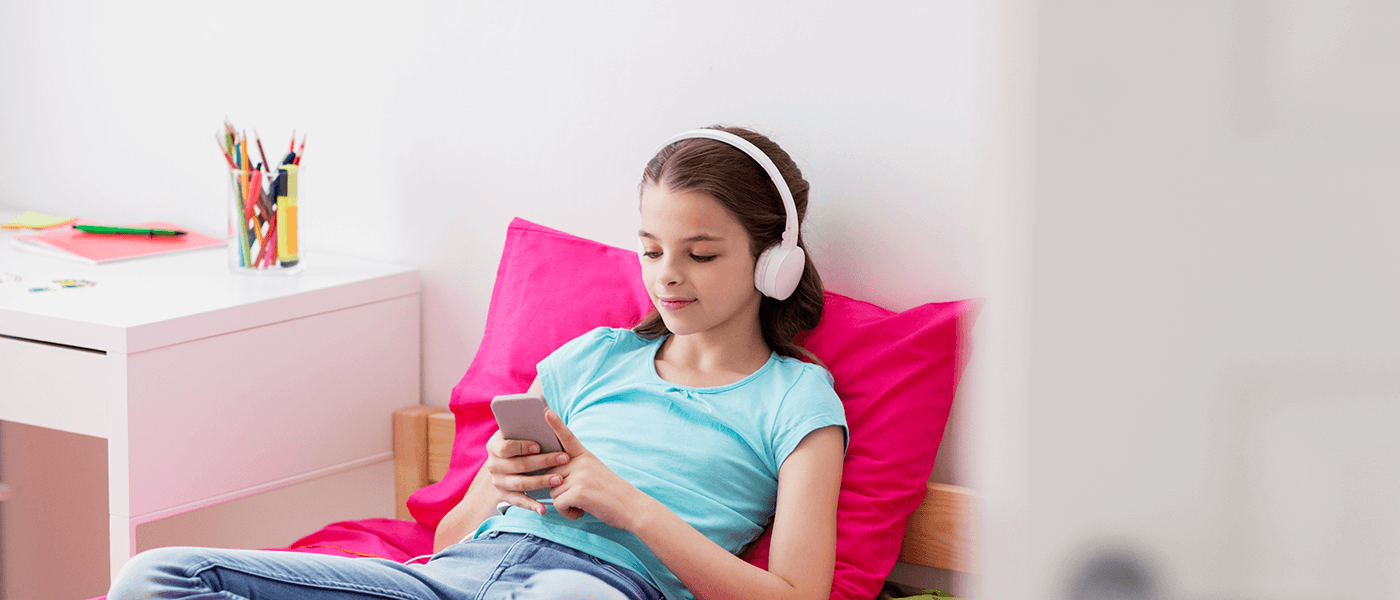
Article at a Glance
Technology has improved our lives in so many ways, but overusing it can be unhealthy and frustrating—especially for parents. Maybe you enabled parental controls, and maybe you sprang for one of those electronic devices that was supposed enforce limits. Maybe it hasn’t helped. If so, you’re not alone.
Study after study has demonstrated links between overuse of electronics and things like rising depression, loneliness, insecurity, stress, and anxiety. And that’s just social media use. Video games and television have their own downfalls. Damaged sleep cycles, decreased productivity, expanding waistlines and falling grades are only a few of the hallmarks of general screen abuse. And, as we all know, screens cause a lot of fighting between parents and kids.
So put away your stopwatch and chart. These practical guidelines can help you tame the screen time beast without spending your life being the screen police.
One of the problems with television is that its use can lead to obesity. Constant food advertisements and mindless eating in front of the TV are two parts of the problem. Ideally, eating should be done while we can focus on the food and enjoy it. Try making a rule restricting snacks to intermission—and in the kitchen. Your carpet will stay cleaner and the kids will likely appear more often for face-to-face time in the kitchen. Because they aren’t eating mindlessly, studies suggest they’ll also consume fewer calories.
The American Academy of Pediatrics (AAP) used to recommend a daily screen max of “1 to 2 hours a day of quality programming” but had to change that recommendation to a common-sense admonition. Why? Because screens are everywhere and monitoring their aggregate use is quickly becoming impossible.
Instead of monitoring everyone’s use across multiple devices, consider using the parental controls to limit *when* screens can be activated. If your children each have their own devices, you may also be able to use a third party piece of hardware to cap screen time. But be warned: the technology does not yet exist that will completely remove the need for you to monitor screen time. Even turning off your WiFi won’t disable smartphones. Each technology-based control has loopholes and frustrations. Use what works for you, but don’t rely on technology to replace your oversight.
Scheduling screen time for only certain parts of the day is often simpler than trying to track everyone’s use. It doesn’t require any fancy parental controls or devices, and no one has to track usage. For most families, a good time for screens is after chores and homework are done, but before dinner is served. For other families, a little window of screen time can be a great incentive to get the kids out of bed and ready for school on time. But stick to your guns. Like all boundaries, the firmer and more consistent you are, the sooner everyone will adapt and stop begging.
When we’re trying to eat healthier, we don’t set a bowl of candy on the counter. Instead of making television and computer use the physical center of your home, use the “out of sight and out of mind” method. Place your TV in a less prominent area of the house—definitely not visible from the dinner table. Store mobile devices in a designated charging area when it isn’t time for screens. Put the laptop away when it isn’t being used rather than leaving it open on the coffee table.
Studies show keeping screens out of bedrooms is a big part of improving sleep habits. For parents, it has the added benefit of restricting screen use to where we can oversee what (and who) our kids are being exposed to. Observe a “check-in at tuck-in” screen policy that requires all devices be handed over to parents at bedtime. If you struggle with falling or staying asleep, you might want to lead by example.
Is your dinner table screen free? Watching TV, texting, or checking Facebook during mealtimes can make it so that we aren’t giving family members our undivided attention. Studies have even shown that using our smartphones can make us crankier and less patient with our kids.
Technology isn’t all bad. Our schools and workplaces rely on video games more each year to boost learning. So when your kids are getting their screen time, find shows and games that are educational, thought-provoking, or enriching. For example, reluctant readers may find interactive apps like Reading Rainbow an appealing way to get in their 20 minutes a day of reading.
Enjoying screen time together also gives you something shared to discuss when the screens are put away. If you haven’t tried playing against your child in their favorite game, give it a try. It can be an illuminating—and humbling—experience.
Breaking a habit is easier when we can substitute it with something enjoyable. Try pairing your new screen routine with something to fill the time and ease the transition. Taking a daily walk or bike ride with your kids, putting up a basketball hoop, bringing home new board games, starting a new puzzle, or playing a family-friendly audiobook during dinner preparation are just a few ways to fill free time with healthier habits.
Once a month, give life unplugged a try. Keep the TV off and put all the smartphones away. Plan fun activities together as a family. Go on a hike, see a sporting event, ride bikes, spend the day at the pool, or whatever your family enjoys.
Read More About Planning an Unplugged Weekend.
For many of us, screens have become the enemy. But remember, they’re also our ally when we need twenty minutes to rock the baby to sleep or finish cooking dinner. Try thinking of screens like you think of sugary treats. Limiting the “when, where, and how” with common-sense guidelines makes controlling the “how much” less necessary.